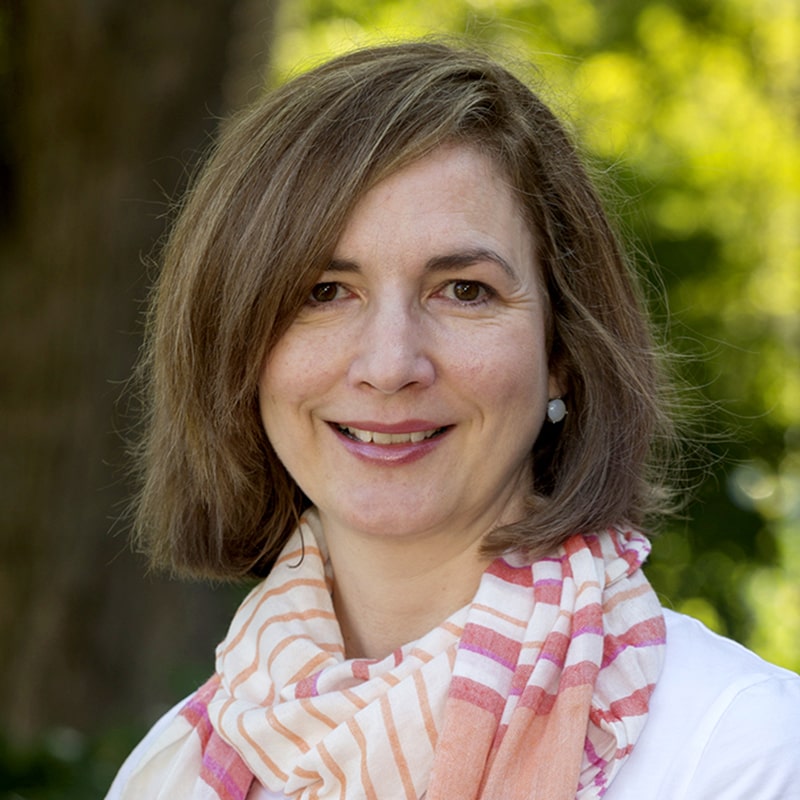Meet the Faculty
 Equity and Justice
Equity and Justice
82-299: Equity & Justice in Modern Languages - Human Rights and Film in Latin America
Featured Faculty: Anne Lambright
What makes you excited to teach this course?
I am passionate about the intersection of the creative arts and human rights issues. There are so many ways we turn to creative cultural production to better understand some of the most difficult problems in our world and to imagine different, more just, alternatives. Film can be an ideal and an imperfect medium for exploring human rights issues, because films can be deceptively straightforward--we've all grown up watching films and we think we understand them. I love complicating what students see in films on first viewing, and helping them read films critically, unpacking their meaning and developing a more nuanced understanding of human rights issues by grappling with their portrayals in film.
How does what you do in the classroom reflect the impact on the world that your field has?
I center my research and teaching around a critical question: Can art promote social justice? The answer is not simple, and my courses ask students to view art critically in order to think critically about the world around them. I aim to help students construct frameworks and develop tools to analyze not just what we're reading or viewing in class, but everyday encounters with the world around them. Hopefully, together we can better understand the human rights issues we explore through creative cultural production and also, collaboratively and creatively, imagine a better world.
What are your current research interests?
I have always worked on issues of race, ethnicity, and social justice and their intersections with creative cultural production, be it literature, film, performance, or visual arts. I am currently working on a critical translation of five human rights plays by Peruvian theater troupe Grupo Cultural Yuyachkani. They are one of the oldest theater collectives in the Americas and perform in both Spanish and Quechua, the most spoken indigenous language in the Andes. They have a unique aesthetic that combines Western and Andean performance traditions to comment on sociopolitical issues in contemporary Peru. I'm excited to bring their work to English-speaking audiences.